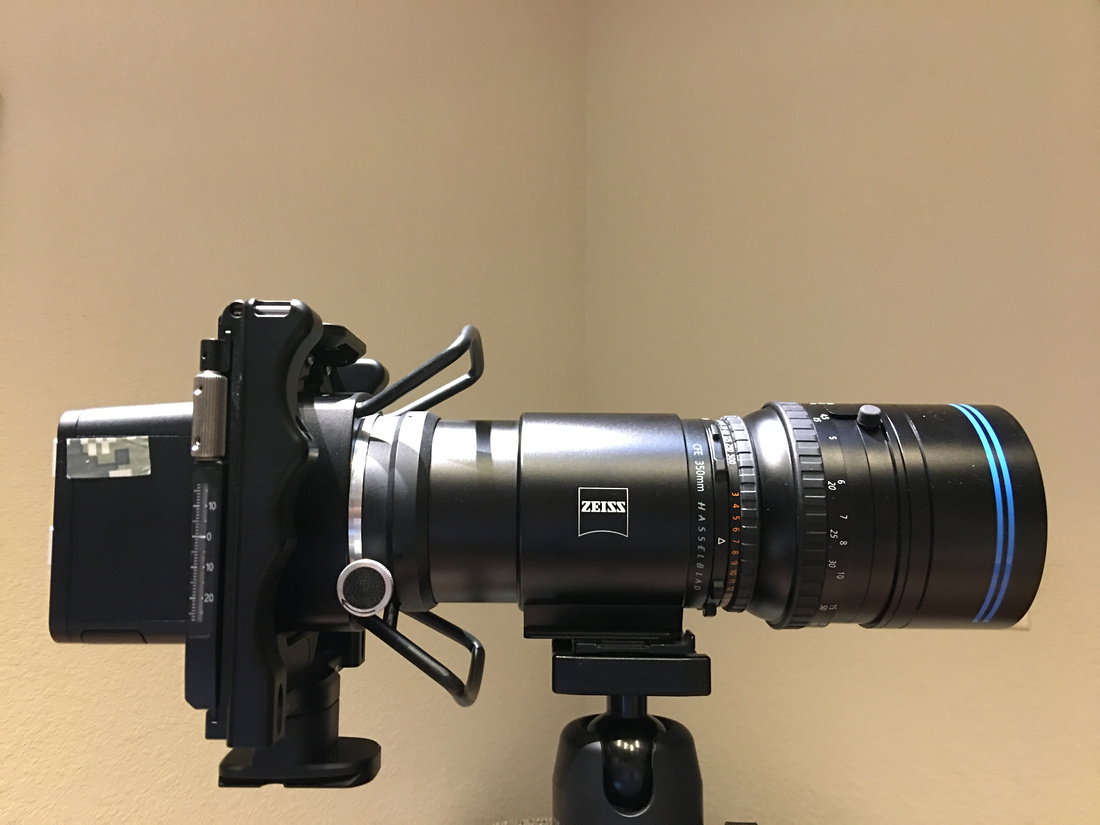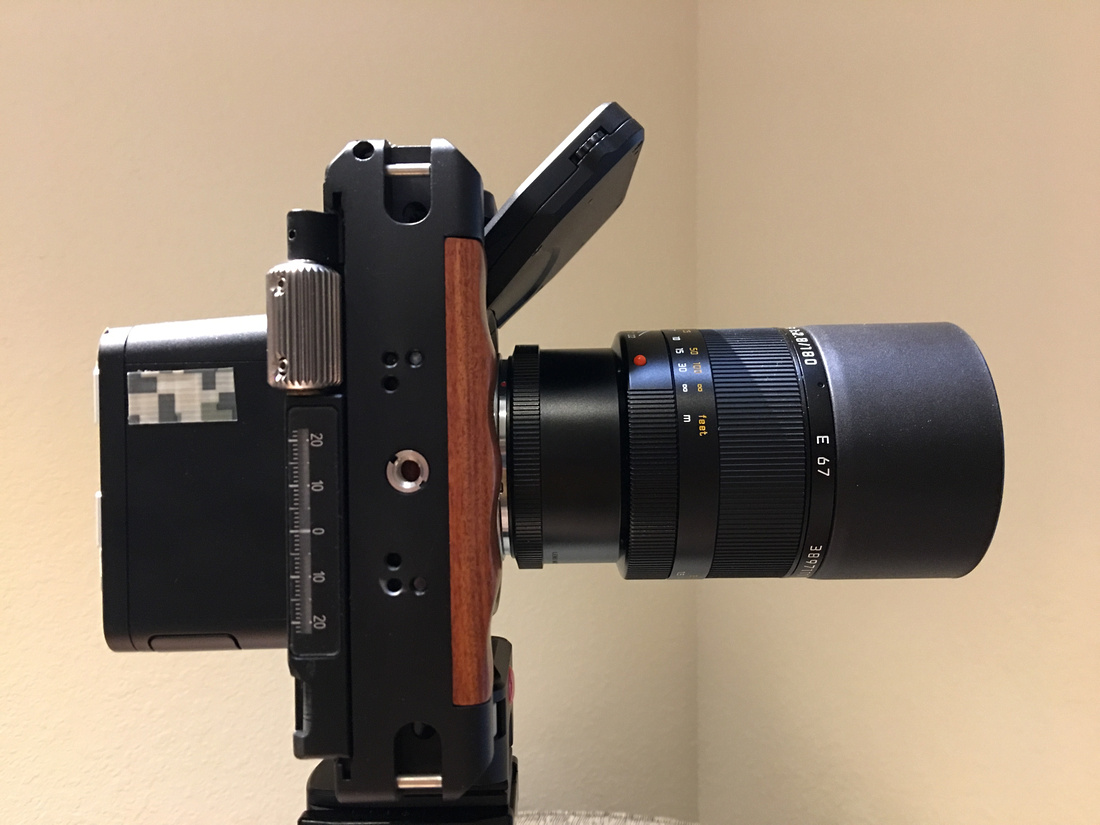I don't have a wrs 1600, but had a wds, then wrs 1200, end up with the wrc400.Any owner input?
Why do you who own the Cambo WRS 1600 over any other options?
All three brands (arca alpa cambo) offer the same kind of familly products, so first choose if you want both horizontal+vertical shift at the same time or if you can live with just one option at time. Then do you need tilt?
This should help you to define what system you need.
Then focusing system: Well speaking for myself, i've tried the Arca rm3di but i didn't like the focusing system, too slow for me. This was without a liveview DB, but i guess it might be even more difficult to focus using liveview due to very long focus rotation (this is just an expectation).
I really like the hpf ring on standart helicoidal, perfect mixte between precision and speed of use, this also allow zone focusing and i would probably still use it even with a liveview DB.
Then choosing between Alpa and Cambo: being honest i think both offer the same quality and finish, but Alpa is so much more sexy!!!
I went with Cambo because price was a concern, but if it were not, for sure i would have gone for an Alpa.


